Exploration of Palestine has been a long-standing endeavor, attracting numerous explorers and scholars over the centuries. These individuals have played a crucial role in uncovering the region’s historical, archaeological, and geographical treasures. Here are some famous explorers of Palestine:
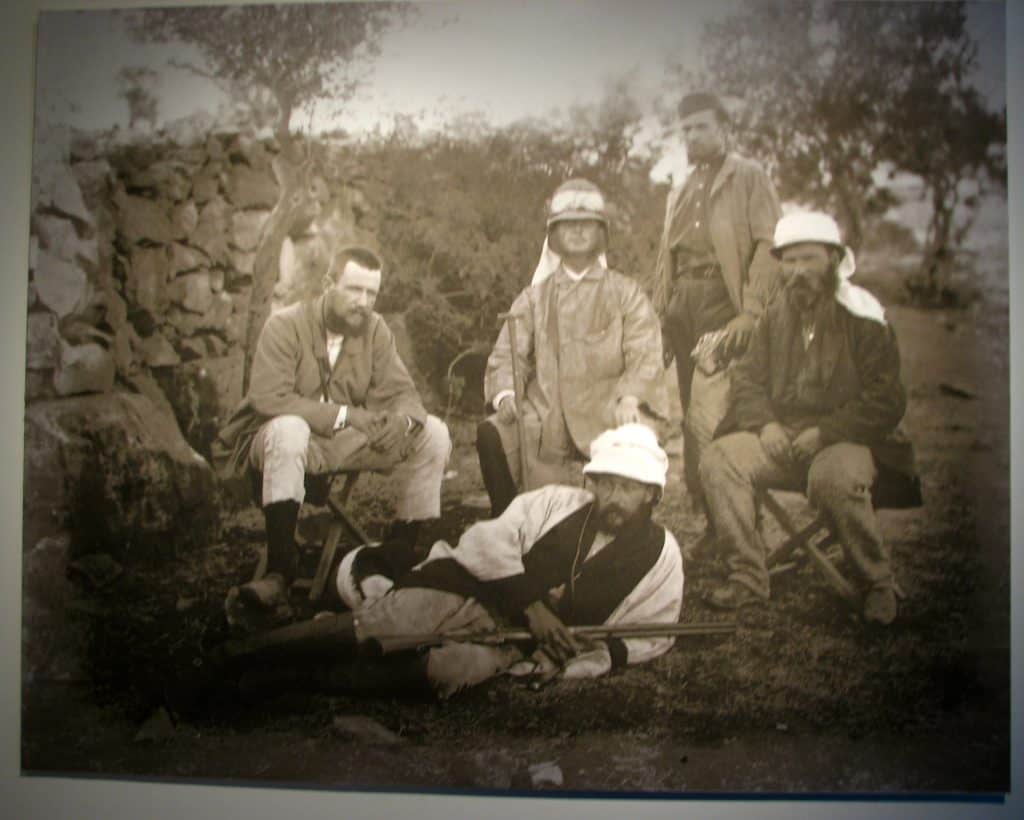
Credit: Hanay, CC BY-SA 3.0, via Wikimedia Commons
Edward Robinson (1794–1863): An American biblical scholar and explorer, Robinson is often regarded as the father of biblical geography. His meticulous surveys and writings in the mid-19th century significantly contributed to our understanding of Palestine’s topography and geography. Robinson’s work laid the foundation for subsequent exploration in the region.
Edward Robinson
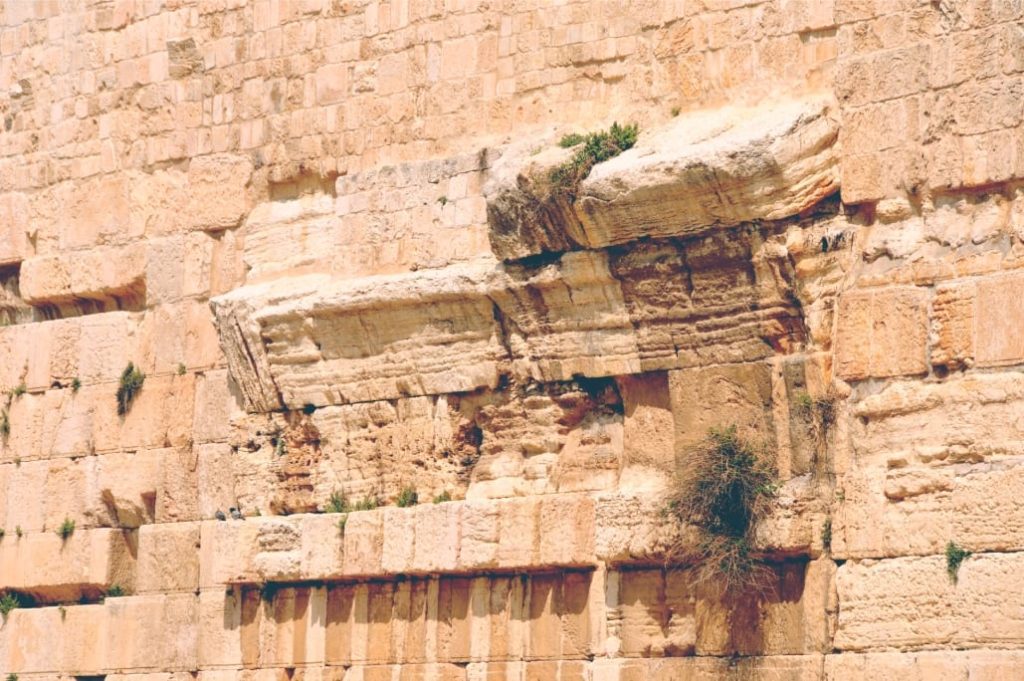
Charles Warren (1840–1927): A British military officer and archaeologist, Warren conducted extensive excavations and surveys in Jerusalem during the late 19th century. He is known for exploring the Western Wall tunnels and his archaeological work in the City of David.
Sir Flinders Petrie (1853–1942): An English archaeologist known for his pioneering methods in excavation and surveying, Petrie conducted archaeological work in Egypt and Palestine. His meticulous recording of pottery and other artifacts helped establish chronological sequences for various archaeological sites.
Merneptah Stele
William F. Albright (1891–1971): An American archaeologist and biblical scholar, Albright conducted extensive excavations in Palestine and the surrounding regions. He is considered one of the leading scholars in biblical archaeology and contributed to understanding ancient Near Eastern history.
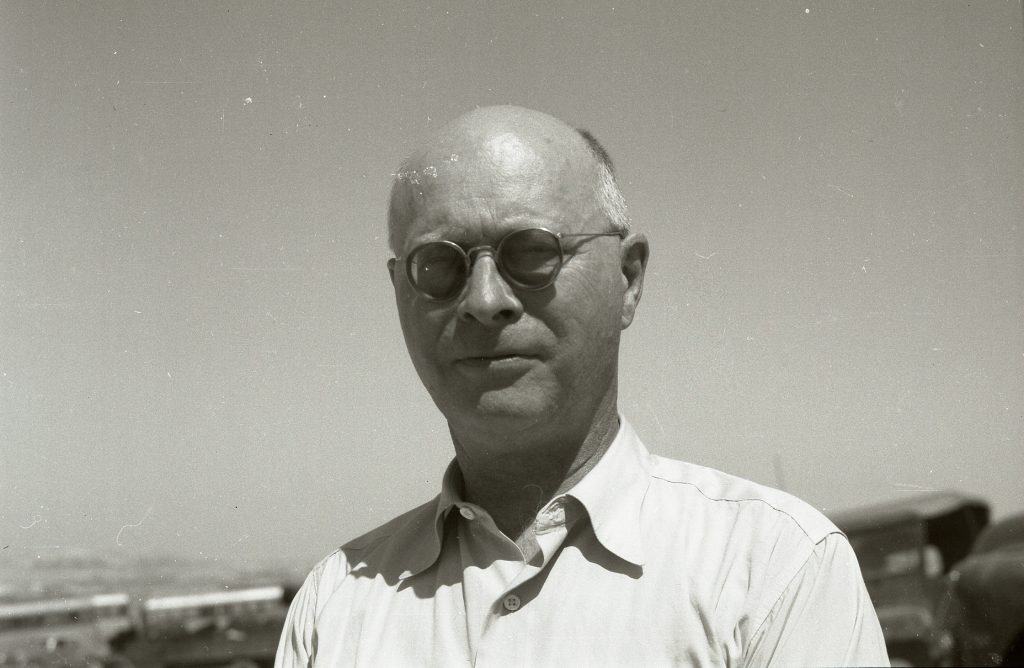
Credit: Benno Rothenberg /Meitar Collection / National Library of Israel / The Pritzker Family National Photography Collection, CC BY 4.0, via Wikimedia Commons
Kathleen Kenyon (1906–1978): A British archaeologist, Kenyon conducted groundbreaking excavations at various sites in Palestine, including Jericho and Jerusalem. Her meticulous stratigraphic analysis and dating techniques significantly advanced the region’s archaeology field.
Kathleen Kenyon's Excavations at Tel Jericho
Yigael Yadin (1917–1984): An Israeli archaeologist and military leader, Yadin excavated numerous ancient sites in Israel and Palestine. He is particularly known for his work at Masada, where he uncovered historical and archaeological evidence about the Jewish revolt against the Romans.
Masada National Park

Louis Félicien de Saulcy (1807–1880): A French numismatist and archaeologist, de Saulcy conducted a notable expedition to the Holy Land in the mid-19th century. He explored Jerusalem, the Dead Sea, and other biblical sites, making valuable archaeological discoveries and publishing his findings.
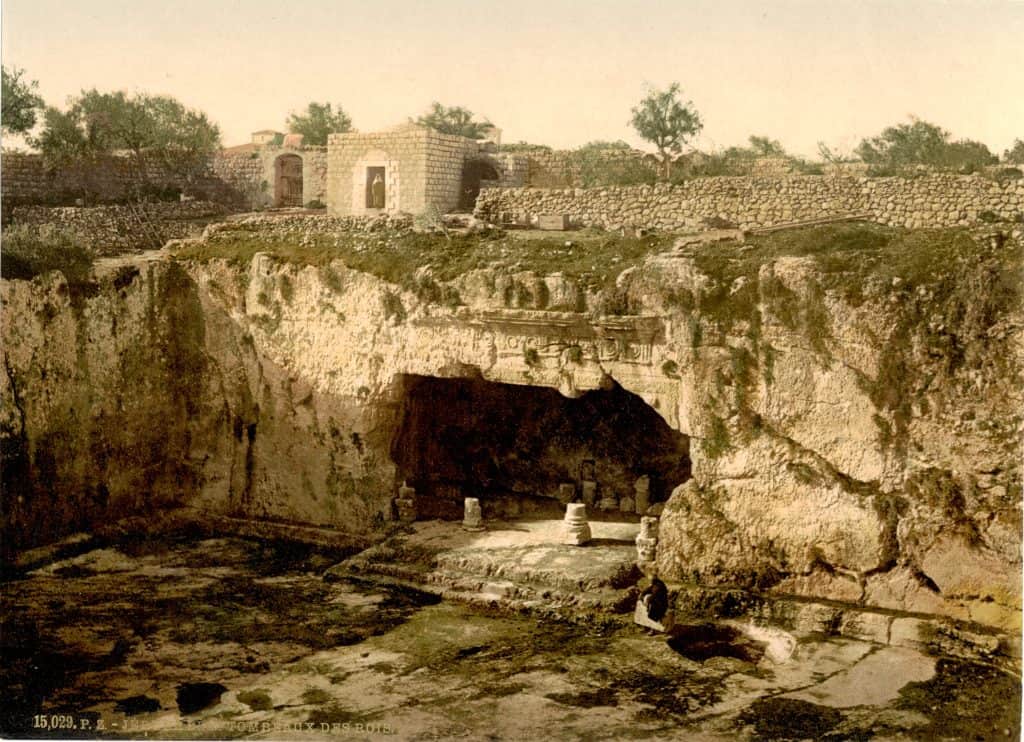
Gottlieb Schumacher (1857–1925): A German architect and archaeologist, Schumacher conducted extensive surveys and excavations in Palestine during the late 19th and early 20th centuries. His work contributed to understanding ancient settlements, including Megiddo and Tel Dan.
Gottlieb Schumacher Excavations at Megiddo
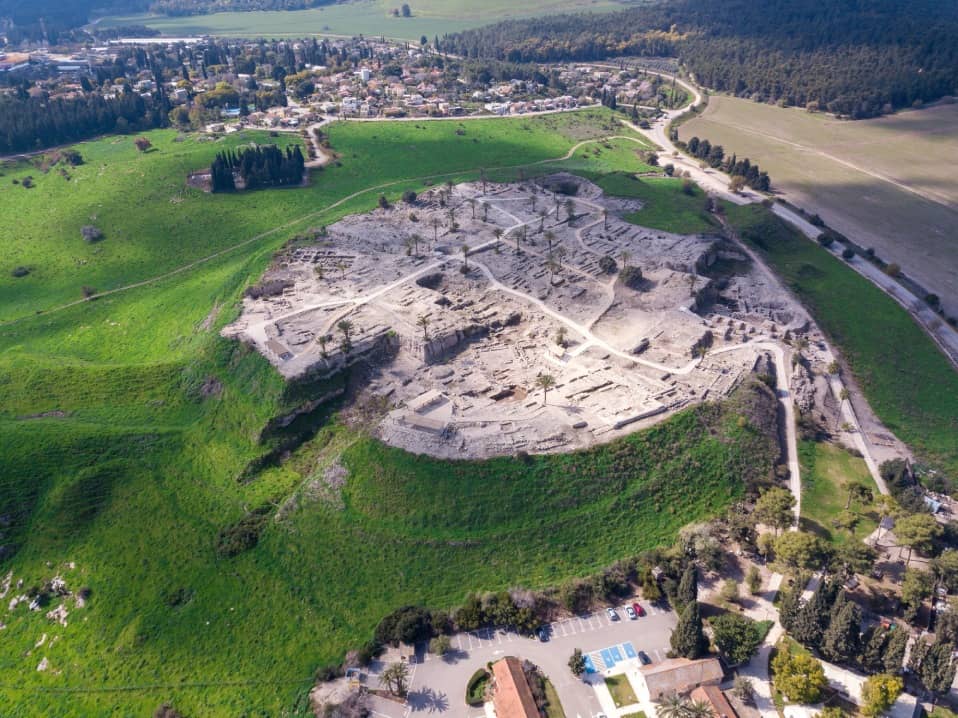
Henry Baker Tristram (1822–1906): An English clergyman, ornithologist, and naturalist, Tristram explored Palestine and the surrounding regions in the mid-19th century. His writings and studies on the region’s flora and fauna influenced natural history and ornithology.
Tristram's Sterling
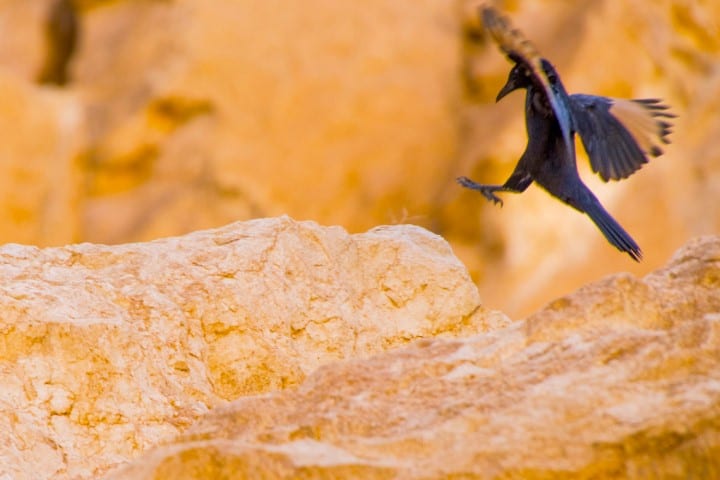
Dorothy Garrod (1892–1968): An English archaeologist and the first female professor at the University of Cambridge, Garrod excavated several sites in Palestine, including the caves of Mount Carmel. Her work contributed to our understanding of prehistoric human settlements in the region.
Es Skhul Cave
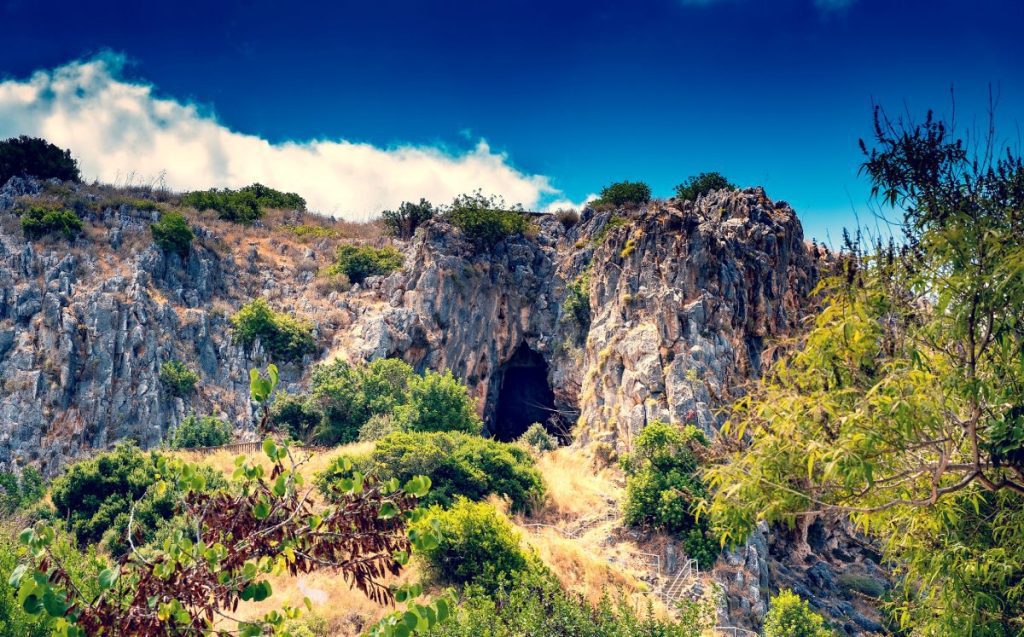
John Garstang (1876–1956): A British archaeologist, Garstang excavated at sites such as Jericho and Sakçagözü (in modern Turkey). His work at Jericho in the 1930s provided important data on the site’s stratigraphy and history.
John Garstang's Excavations at Jericho
Roland de Vaux (1903–1971): A French Dominican priest and archaeologist, de Vaux, directed the excavations at Qumran, where the Dead Sea Scrolls were discovered. His work shed light on the scrolls’ historical context and significance.
Qumran National Park
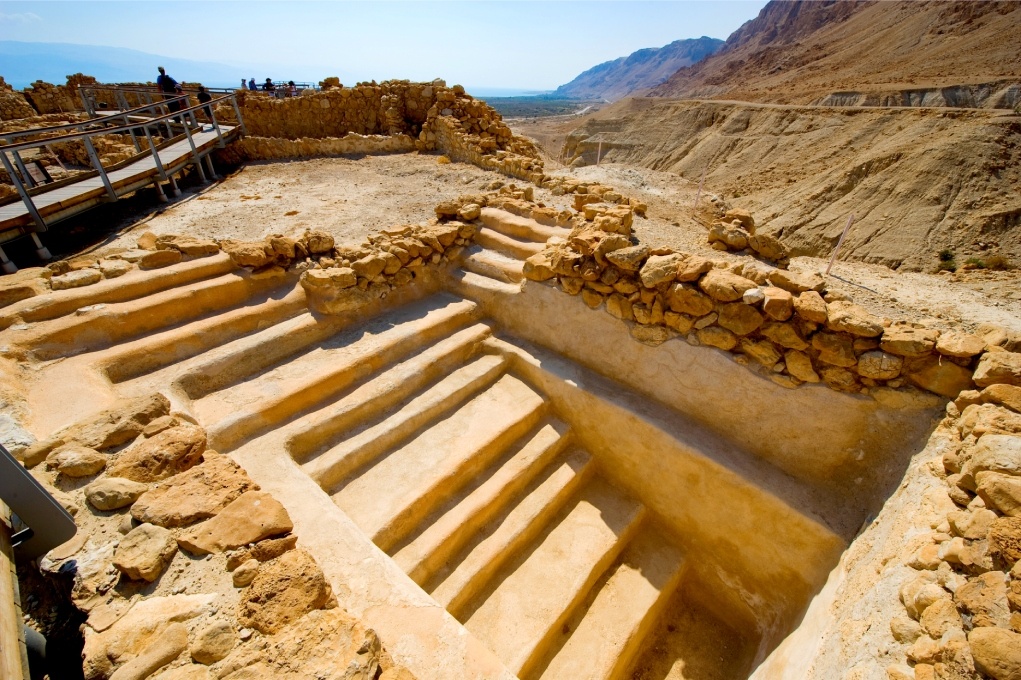
Conrad Schick (1822–1901): Schiick was a prominent German architect, archaeologist, and missionary known for his significant contributions to studying the Holy Land, particularly Jerusalem, during the 19th century.
These explorers, among many others, have left an indelible mark on studying Palestine’s history, archaeology, and culture. Their contributions inspire contemporary scholars and enthusiasts, deepening our appreciation of this historically and culturally significant region.

